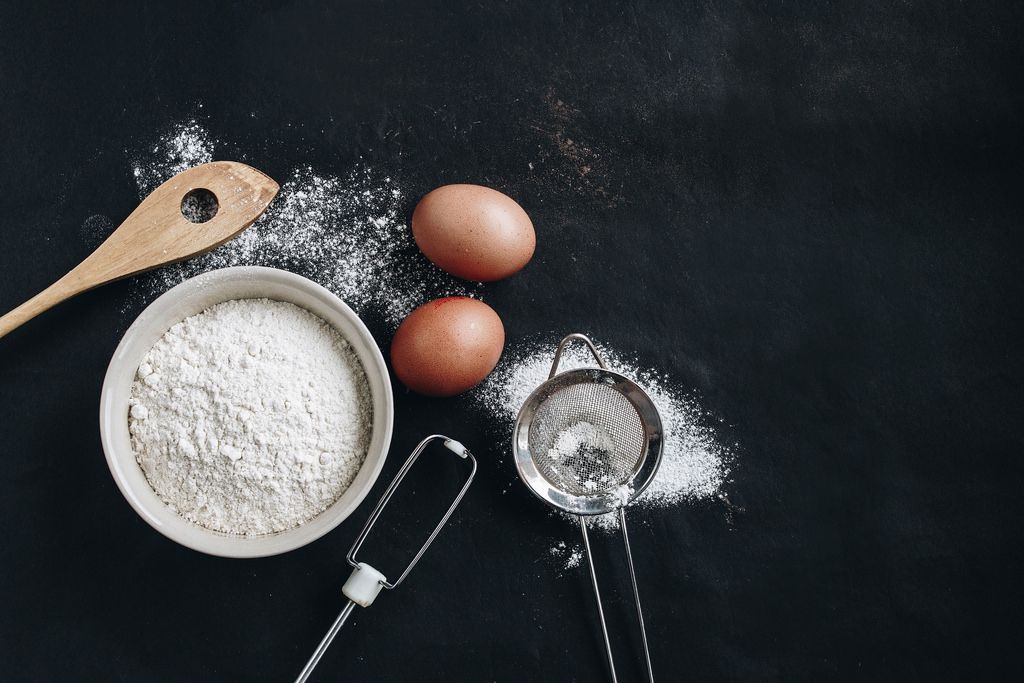
Top 10 Baking Mistakes to Avoid (and How to Fix Them)
Baking is a science, and even the smallest misstep can lead to disappointing results. Whether you're an experienced home baker or just starting, it’s easy to make mistakes along the way. The good news? Many of these mistakes are easy to fix once you know what to look for. Here’s a list of the top 10 common baking mistakes and how to avoid them, ensuring your treats turn out perfectly every time.
1. Overmixing the Batter
Overmixing can result in dense, tough cakes and cookies. When you overmix, you activate gluten in the flour, which makes baked goods chewy instead of light and tender.
Solution: Mix your batter just until the dry ingredients are incorporated. For cakes, gently fold in the dry ingredients with a spatula, and for cookies, mix until the dough is just combined.
2. Incorrect Oven Temperature
Baking at the wrong temperature can cause your treats to bake unevenly or burn on the outside while remaining raw inside. An oven that’s too hot can lead to over-browned edges, while an oven that’s too cool can result in undercooked centers.
Solution: Always preheat your oven, and invest in an oven thermometer to make sure the temperature is accurate. If the recipe calls for 350°F, make sure the oven is preheated to that temperature before placing your items inside.
3. Not Measuring Ingredients Correctly
Incorrect measurements can significantly impact the outcome of your recipe. For example, too much flour can make your cakes dry, while too little sugar can make them bland.
Solution: Use proper measuring tools—dry measuring cups for dry ingredients and liquid measuring cups for liquids. For dry ingredients like flour, use a spoon to fill the measuring cup and level it off with a flat edge. Avoid packing flour into the cup.
4. Using Cold Ingredients
Cold butter, eggs, and dairy can lead to a lumpy batter and uneven mixing, affecting both texture and rise.
Solution: Allow ingredients like butter and eggs to come to room temperature before using them. For butter, this usually takes about 30 minutes, and for eggs, about 15 minutes.
5. Not Following the Recipe
One of the easiest ways to mess up a bake is by ignoring the instructions. Baking is a precise process, and skipping steps or improvising can lead to unexpected results.
Solution: Always read through the entire recipe before starting, and follow each step as closely as possible. If you're not sure about something, double-check.
6. Opening the Oven Door Too Early
Opening the oven door before your cake or cookies are set can cause them to collapse. The rush of cool air interrupts the baking process, resulting in a deflated or uneven bake.
Solution: Avoid opening the oven door until at least the minimum baking time has passed. If you need to check, use the oven light or a window to peek inside.
7. Not Sifting Dry Ingredients
Sifting flour, cocoa powder, or powdered sugar helps to remove lumps and ensures an even distribution of dry ingredients, which leads to a smoother batter and better rise.
Solution: Always sift dry ingredients like flour and cocoa powder, especially if your recipe calls for it. A fine-mesh sieve works well for this.
8. Not Preparing the Pan Properly
If you don’t prepare your baking pans, cakes can stick, and cookies can spread unevenly. It’s an easy step to skip, but it can lead to a lot of frustration.
Solution: Always grease your pans with butter or non-stick spray and line them with parchment paper if necessary. For cakes, flour the pans after greasing them to prevent sticking.
9. Using the Wrong Type of Flour
Different types of flour have different protein contents, which can affect the texture and consistency of your bake. Using all-purpose flour instead of cake flour can make cakes denser, while using bread flour in cookies can make them too chewy.
Solution: Make sure to use the correct type of flour for the recipe. If you're unsure, check the recipe for recommendations, or refer to the packaging of your flour for the intended use.
10. Not Testing for Doneness
Every oven bakes differently, so it’s important not to rely solely on the recipe’s suggested time. If you don't check for doneness, you could end up with undercooked or overbaked goods.
Solution: Use a toothpick or cake tester to check for doneness. Insert it into the center of the cake, muffin, or cookies—if it comes out clean or with a few crumbs (not wet batter), it’s done. For cookies, gently press down to see if they hold their shape.
Conclusion
Baking mistakes happen to the best of us, but with the right knowledge and techniques, you can troubleshoot and perfect your baking process. By avoiding these common mistakes and following simple tips, you'll be on your way to creating delicious, perfectly baked goods every time. Happy baking!
